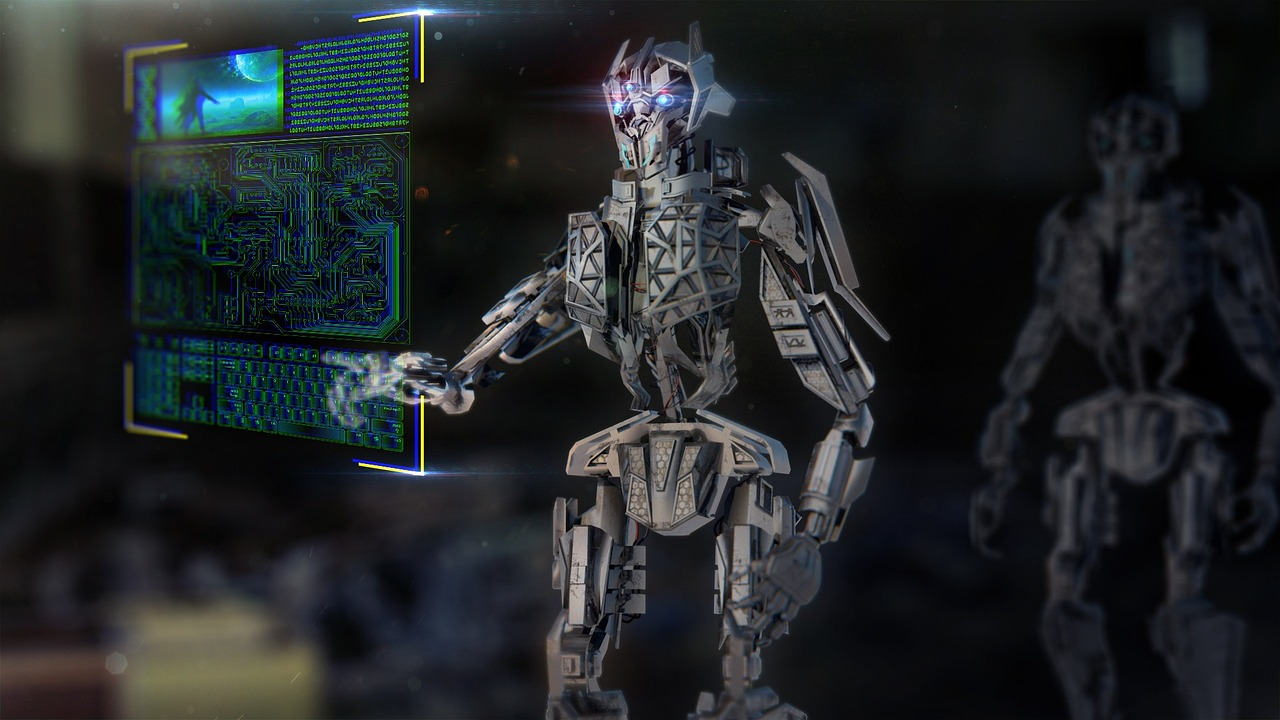Future of AI Prompt Design
6. Future of AI Prompt Design
At first, AI felt like a game of magic words. If you typed your request just right, you unlocked better answers. If you didn’t, you got… less than helpful results.
But here’s the truth: the future isn’t about typing longer or smarter prompts. It’s about not needing them at all.
AI is moving toward a world where you don’t have to “engineer” anything. You’ll talk to it like you talk to a colleague—casual, simple, straight to the point. No hacks, no guesswork, no wasted time.
Think about it: when you search online, you don’t think about SQL queries running in the background. You just type what you need, and it works. AI is headed in the same direction. It’ll figure out the context, the intent, the goal—so you can focus on outcomes.
And for businesses? That’s where the real value shows up. Less training. Faster adoption. Smarter decisions. More ROI.
At HonestAI, we believe this shift isn’t just about better tech. It’s about trust. It’s about AI working for you—without you needing to learn its language first.
The ones who embrace this change early? They’ll be the ones who win big.
Agentic AI: Self-Directed Prompts and Dynamic Reasoning
Table of Contents
Most AI today still waits for us to tell it what to do. Static prompts in, static responses out. Useful, yes—but limited.
Agentic AI is different. It doesn’t just follow instructions; it sets its own course. These systems combine self-directed prompts with real-time reasoning, so instead of waiting for input, they decide, adapt, and act.
They refine their approach based on context and feedback. They adjust when conditions change. They pursue goals with intent, not just execution.
For businesses, that means AI isn’t just answering questions anymore—it’s solving problems before you ask, spotting opportunities you might miss, and adapting strategies on the fly.
This is the difference between AI as a tool and AI as a partner. Agentic AI brings purpose, autonomy, and resilience into the way companies operate—and those who embrace it early will see outcomes that competitors can’t match.
The real transformation comes with agentic AI systems—models that don’t just respond but act. These systems can:
Select prompts dynamically based on the task at hand.
Chain prompts together into multi-step reasoning processes.
Tune their own instructions to optimize efficiency, accuracy, or creativity.
This is the shift from a static one-prompt-one-response model toward a fluid, self-directing intelligence. Picture an AI that, when asked to draft a market analysis, automatically breaks the task into subtasks: fetching data, cross-referencing sources, formatting insights, and then refining the output—all without the user needing to issue step-by-step prompts.
Perhaps the most exciting frontier is AI systems that evaluate and improve their own prompt libraries. By analyzing past interactions, results, and feedback, these systems can evolve:
Optimizing language for different use cases (e.g., legal precision, creative exploration, technical depth).
Personalizing prompts to individual users learning your style, your goals, and your tolerance for detail.
Self-curating repositories of effective prompt strategies that adapt over time.
This creates a feedback loop where the AI isn’t just answering but also learning how to ask itself better questions—a meta-layer of intelligence that amplifies capability.
What This Means for Users and Designers
For end-users, the future is seamless: no prompt tinkering, just results. For designers and builders, however, prompt design doesn’t vanish, it shifts from the front end to the back end. The new challenge is in crafting frameworks where AI agents can safely, ethically, and effectively design their own internal instructions.
This evolution also raises important questions:
Who controls the “hidden layer” of prompts?
How transparent should AI reasoning be to users?
How do we ensure that self-optimized prompts don’t introduce bias or hallucination loops?
The Bigger Picture
For business leaders, the implication is profound: prompts are becoming the hidden layer of competitive advantage. The companies shaping frameworks today will define how tomorrow’s “invisible AI” operates.
Just as nobody types raw code to browse the web anymore, tomorrow’s AI users won’t think about prompts at all. They’ll simply describe outcomes—and the AI will orchestrate the rest.
We are moving from “prompting AI” to “AI prompting itself.” The future isn’t about finding the perfect words; it’s about building systems that no longer need them.
Contributor:

Nishkam Batta
Editor-in-Chief – HonestAI Magazine
AI consultant – GrayCyan AI Solutions
Nish specializes in helping mid-size American and Canadian companies assess AI gaps and build AI strategies to help accelerate AI adoption. He also helps developing custom AI solutions and models at GrayCyan. Nish runs a program for founders to validate their App ideas and go from concept to buzz-worthy launches with traction, reach, and ROI.
Contributor:

Nishkam Batta
Editor-in-Chief - HonestAI Magazine
AI consultant - GrayCyan AI Solutions
Nish specializes in helping mid-size American and Canadian companies assess AI gaps and build AI strategies to help accelerate AI adoption. He also helps developing custom AI solutions and models at GrayCyan. Nish runs a program for founders to validate their App ideas and go from concept to buzz-worthy launches with traction, reach, and ROI.
Unlock the Future of AI -
Free Download Inside.
Get instant access to HonestAI Magazine, packed with real-world insights, expert breakdowns, and actionable strategies to help you stay ahead in the AI revolution.




